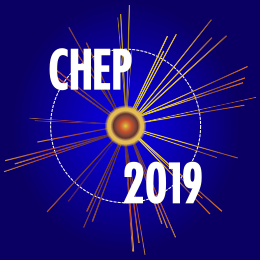Speaker
Description
The main purpose of modern experiments with heavy ions is a comprehensive study of the QCD phase diagram in the field of quark-gluon plasma (QGP) and the possible phase transition to the QGP phase.
One of the possible signals of QGP formation is an increase in the production of strange particles. Reconstruction of $\Sigma$ particles together with other strange particles completes the picture of strangeness production. $\Sigma^+$ and $\Sigma^-$ have all decay modes with at least one neutral daughter, which cannot be registered in a detector system.
To identify them, the missing mass method is proposed: a) to reconstruct the tracks of mother particles ($\Sigma^-$) and charged daughter particles ($\pi^-$) in the tracking system; b) to reconstruct the neutral daughter particle ($n$) from these trajectories; c) to build the mother particle from the charged and reconstructed neutral daughter particles and determine its mass spectrum.
The missing mass method is also used to reconstruct other strange particles. A total of 18 such decays with a neutral daughter particle are included in the physics analysis. The details of the method implementation are given and the results of its application to the simulated data of the CBM (FAIR/GSI, Germany) experiment are discussed.
The method and its implementation may be of interest for other experiments in both heavy ion and particle physics.
| Consider for promotion | No |
|---|
